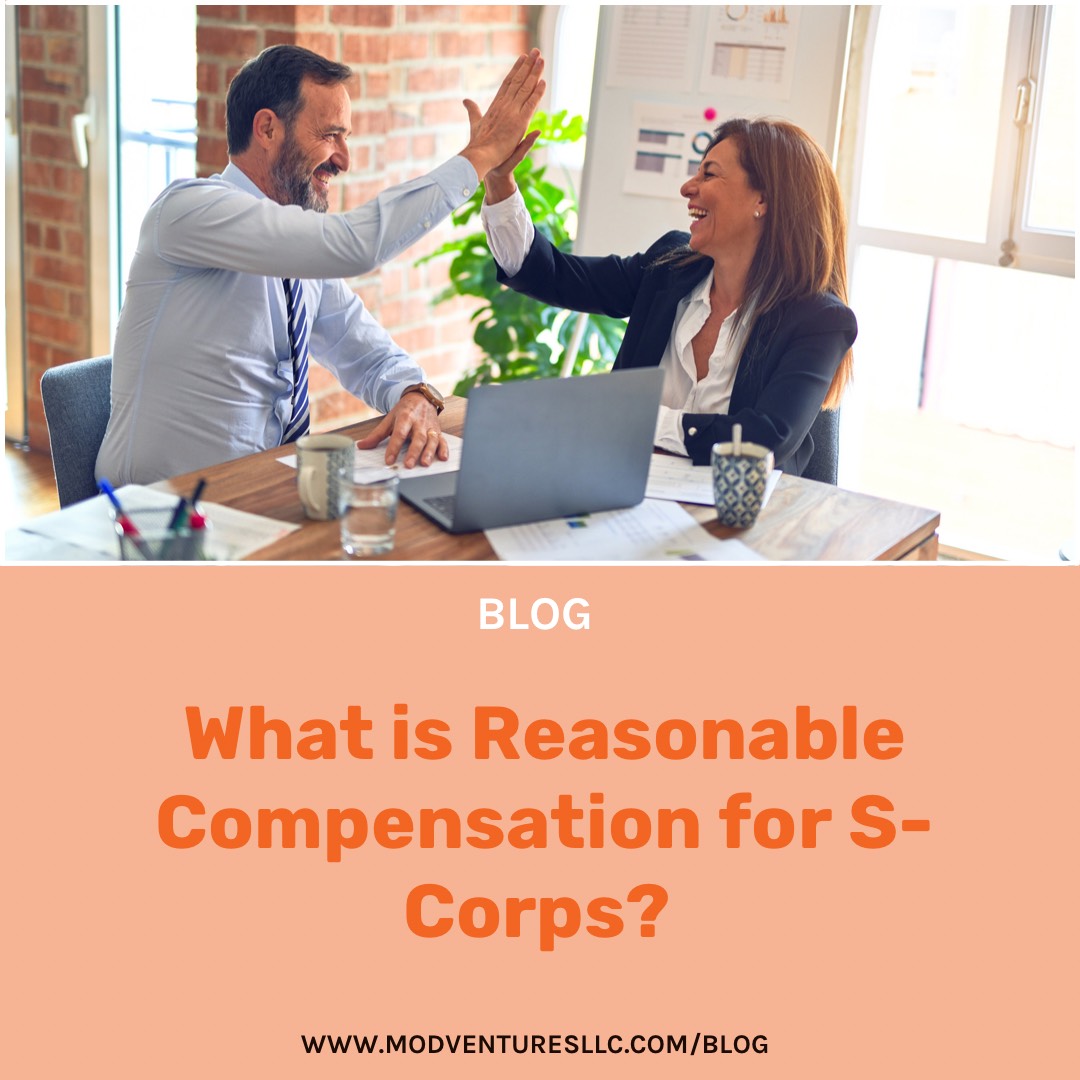If an S shareholder is providing services to the corporation they must be paid reasonable compensation for their services. To ensure that a corporation is not avoiding the payment of employment taxes by disguising compensation payments as dividend distributions. As these distributions are excluded from self-employment or payroll taxes, the IRS will focus on whether reasonable compensation has been paid – and whether the appropriate amount of taxes has been paid.
Here are three methods you can use to determine reasonable compensation for an S Corpoation:
Using the Cost Approach to Determine Compensation
The Cost Approach is ideal for small businesses where you can access compatibility data. The Cost Approach takes into consideration all the tasks a business owner provides to their company. You can use the Cost Approach with this simple three-step system:
- Identify how much time is spent on each task performed
- Assign a wage level based on the proficiency when completing the task
- Add together to obtain a hypothetical replacement cost
Using the Income Approach to Determine Compensation
The Income Approach, also known as the Independent Investors test, bases compensation on if a hypothetical investor would be satisfied with their return on investment when looking at the financial performance of the business in conjunction with the compensation level of the owner.
The income approach can only be correctly applied when the Fair Market Value (FMV) of the company is available for each year that compensation is examined.
Fair Market Value (FMV) is defined as:
“…the price at which the property would change hands between a willing buyer and a willing seller, neither being under any compulsion to buy or sell and both having reasonable knowledge of relevant facts…” (Treasury Regulation §1.170A-1(c)(2))
Using the Market Approach to Determine Compensation
The Market Approach aka the Industry Comparison Approach attempts to answer the question: How much compensation would be paid for the same position, held by a non-owner in an arms-length employment relationship at a similar company. This is the ideal approach to use to determine reasonable compensation when working with medium-large companies, where the owner is wearing only one hat: that of a general manager or chief executive.
The Market Approach focuses strongly on the owner’s business type and the specific position held by the owner, typically CEO or general manager. This approach also works well when only one occupation, usually upper-management, is being compared to peers in the same industry, with similar company size and geographic area.
How to Determine Reasonable Compensation for an S-Corps
If one of the three methods above does not fit your needs or timeline, reach out to Mod Ventures and have someone else handle setting reasonable compensation for employees/shareholders of your S-Corp.
You May Also Love
CLOSE






